- Home Page
- Books
- Articles
- The Tribes
- Presentations
- Bonus Material
Ancient History Reconsidered
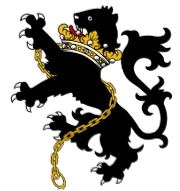
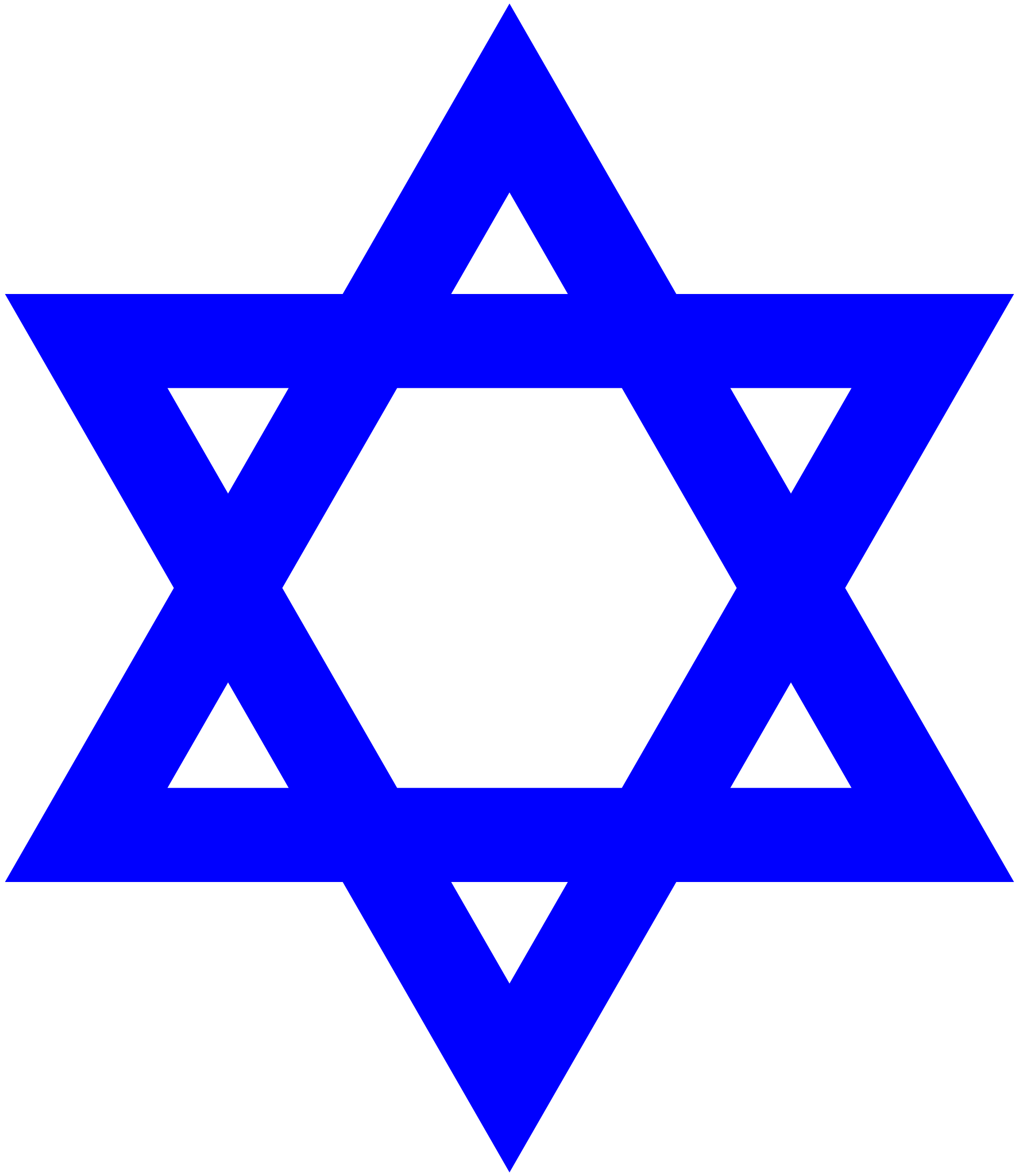
The Tribe of Dan:
Dan was the fifth of Jacob’s sons and was born to him by his concubine Bilhah. The tribe of Dan consisted of just the one family: The family of Shuchami (AV Shuhamites) who were named after שׁוּחָם Shucham son of Dan (Num. 26:42-3). In another place, Shucham is called חֻשִׁים Hushim (Gen. 46:23). Both Shucham and Hushim are spelt with pretty much the same Hebrew characters, but the consonants have been transposed. This type of transposition is known as a metathesis and was fairly common in ancient languages. We have but to consider the English words form and morph to understand this anamoly. Both words mean exactly the same thing (to form, mould, shape, train or educate) but the consonantal values have been reversed. Other examples to quote would be mosquitoes, which are called moustiques by the French and the inhabitants of Glasgow who are known as Glaswegians as opposed to the perhaps more obvious Glasgowians. In the Tanakh (the Hebrew Bible), we have further examples in the form of אָרְדְּ Ard son of Benjamin (Gen. 46:21) who is also called אַדָּר Addar (1 Chron. 8:3) and Bath-Sheba's father who is called both אֱלִיעָם Eliam (2 Sam. 11:3) and עַמִּיאֵל Ammiel. (1 Chron. 3:5.)
The Hebrew letter שׁ shin often transliterates into other languages as a ‘t’ or a ‘d’. An example of this can be demonstrated by the fact that the region of Bashan in northern Israel was called both Batanidi (Βατανίδι)1 and Batanaian (Βαταναίαν)2 by the Jewish priest-historian Josephus. The half tribe of Menashe who dwelt in the land of Gilead likewise appears in the Egyptian records as Mentiu, “The thievish nomads of the Eastern Desert and Southern Syria.”3
Similarly, the letter ם mem when it appears at the end of a word is often dropped. The three Eritrean cities conquered by the Persians as described by Herodotus are recorded as Temenos, Choereae and Aegilia.4 These were named after Duke Teman תֵּימָן, Duke Korach קֹרַח (AV Korah) and Duke Ya[g]alam יַעְלָם (AV Jaalam). Dukes Yagalam and Korach were brothers. (Gen. 36:5.)
Consequently, the name Shucham when transliterated into Persian becomes Dahae. The Greeks called them Daci or Dacians. Ptolemy, who called them Δαυκίωνες Daukiônes,5 tells us that they settled in Denmark where they later emerged as Danes.
For a great part of their early history, the Dacians were closely allied to the Goths. The name Goth is a variant spelling of Gad, another Israelite tribe, though it should be stressed that the classical Greek and Roman writers applied this name indiscriminately to other peoples with whom they were also associated. The same indiscriminate grouping of a number of different tribes under the one name is attested with the Celts, which people comprised a number of different Israelite tribes. The name Celt is itself a variant spelling of Gilead. (See separate article entitled The Celts.) In the main, the Gothic tribes settled in Scandinavia a land which was at one time known as Gothland. The Heruli, who were one of the largest of the Gothic tribes, were named after אַרְאֵלִי Areli son of Gad (Num. 26:17).
“Dan shall be a serpent by the way, an adder in the path, that biteth the horse heels, so that his rider shall fall backward.” (Gen. 49:17.)
Wherever the tribe of Dan went, they renamed cities and places after their progenitor:
“And the coast of the children of Dan went out too little for them: therefore the children of Dan went up to fight against Leshem, and took it, and smote it with the edge of the sword, and possessed it, and dwelt therein, and called Leshem, Dan, after the name of Dan their father.” (Josh. 19:47.)
“And they called the name of the city Dan, after the name of Dan their father, who was born unto Israel: howbeit the name of the city was Laish at the first.” (Judg. 18:29.)
It was prophesied that Dan would “leap from Bashan” (Deut. 33:22). The Hebrew word יְזַנֵּק which is translated as “he shall leap” means to leap, pounce, gush out or dash. The inference here is that Dan would be one of the first to break out of the Promised Land and the prophecy is telling us that he shall go northwards through Bashan in northern Israel. The records of the Assyrian king Tukulti-Ninurta II who went up against the lands of Anatolia tells us that, in his assault against the Lakêans (i.e. Lycians), he spent the night “in the city Latihi of the land of Dikanu”.6 This land of Dikanu was located somewhere in Anatolia and is clearly named after the Dacians who were dwelling there at that time. As already stated above, the Dacians were descendants of Shucham son of Dan.
Even though people do not like to hear it, the Don, Danube, Dnieper, Donet and Dniestr rivers are all named after the tribe of Dan who at one time dwelt in those regions. The suggestion that the rivers are named after some Vedic river goddess7 is erroneous. Like the Greeks, who were turning tribal entities into fictitious people, archeologists and historians are likewise keen to explain everything in terms of gods and⁄or goddesses. Danaus, the mythical goddess who supposedly came from Egypt,8 is the euhemerization9 of the tribe of Dan.
Herodotus, when writing about the kings of Lacedaemonia, did not consider Danaus to be a god:
“But in what I write I follow the Greek report, and hold that the Greeks correctly recount these kings of the Dorians as far back as Perseus son of Danae - they make no mention of the god - and prove these kings to be Greek; for by that time they had come to be classified as Greeks. I said as far back as Perseus, and I took the matter no further than that, because no one is named as the mortal father of Perseus...”.10
Perseus ‘son’ of Danaus is the person who supposedly rescued Andromeda, the daughter of the Ethiopian king Cepheus, from a sea monster. According to the legend, Andromeda was chained naked to the rocks at Joppa from where Perseus rescued her and ‘married’ her.11 Even Josephus was aware of this tale:
“Now Joppa is not naturally a haven, for it ends in a rough shore, where all the rest of it is straight; but the two ends bend towards each other, where there are deep precipices, and great stones that jut out into the sea, and where the chains wherewith Andromeda was bound have left their footsteps, which attest to the antiquity of that fable.”12
This fantastic story is actually an allegorical tale. The Ethiopians spoken of in the above passage were at one time occupying the Mediterranean coastline of the Land of Israel. The Greek word Aethiop means black. They were a Hamitic race, either the Canaanites, who became the Berbers of Africa, or possibly even the Philistines, who can today be traced to the Falashas of Ethiopia. (NB: The modern Palestinians are not Philistines.) As for Perseus son of Danaus, we can identify this ‘person’ as a tribe who were named after Peresh, son of Machir, son of Menashe. (1 Chron. 7:16) Basically, the Greeks referred to the inhabitants of northern Israel by the generic name of Danaus. Therefore, whilst the name Danaus is derived from Dan, the Greeks were indiscriminately including other tribes within this definition. This is aptly demonstrated in my work entitled The Forgotten Tribe of Naphtali & the Phoenicians.
There are some who claim that the tribe of Dan settled in Ireland. British Israelites, as well as Yair Daviddy in Israel, certainly consider this to be the case, though I can find nothing to corroborate such claims. Their assumptions are based on the understanding that the Tuatha De Danaan who arrived in Ireland were descended from the tribe of Dan, the word Tuatha simply meaning ‘people of’. The problem is that the Danaan were also known as Achaeans (this being a variant spelling of the name Ahab, which in Hebrew is written אַחְאָב and pronounced Achav). These people appear in the Assyrian records variously as Aḫabbu [as per the texts ascribed to Shalmaneser III]13 as Ukumani or Kumani, the ‘m’ in the Assyrian language often being interchangeable with the letter ‘v’. The Danaan were also known as Argives. There is nothing here which ties the name to the tribe of Dan other than the fact that the name Danaan was sometimes written Danaoi. It is possible that the Danaan are represented in the Irish records under the name Eber Donn, but this could likewise simply mean that Eber Donn was a tribe of Iberians who came from the River Don, this being the name of the river which flows into the Sea of Azov in Russia.
There is therefore a lot of speculation without too much in the way of factual evidence. In my work entitled Ancient Irish History Reconsidered, I demonstrate that the mythical ‘king’ of the Tuatha De Danaan, whose name is various written Deaghda, Dagda or Daghda (all these names being pronounced Dah-da) was a tribe of people named after Darda son of Zerach son of Er of the tribe of Judah. (1 Kings 4:31 or 5:11 in the Tanakh [the Hebrew Bible].) This is where the names Ireland, Eire and Errain come from, all of these names being derivatives of the name Er (son of Judah). In the First Book of Chronicles, Darda is called Dara. (1 Chron. 2:6) These ‘sons’ of Deaghda were also known as ‘sons of Daire. If you type this name Daire into a Google search engine you will discover that this name is pronounced Dara! These sons of Daire were also known as Dergtinne, a name which is pronounced Dartin, this being phonetically equivalent to Dardan or Dardanus, the latter being the name of Darda as preserved by Josephus. It is possible that the Tuatha De Danaan migrated to Britain when the Domnians transferred the Irish throne to southern Britain where then established the city of Tamar on the River Tamar, the river which today separates the counties of Devon and Cornwall. It should be noted that the county of Devon takes its name from these Domnians. Like the flag of Leinster in Ireland from where these Domnians migrated, the flag of Devon is likewise emerald green, this being the colour of Judah’s stone as well as the colour of their flag.
Dan’s Stone:
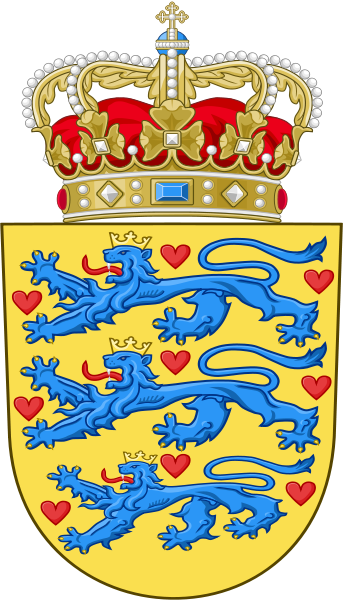
|
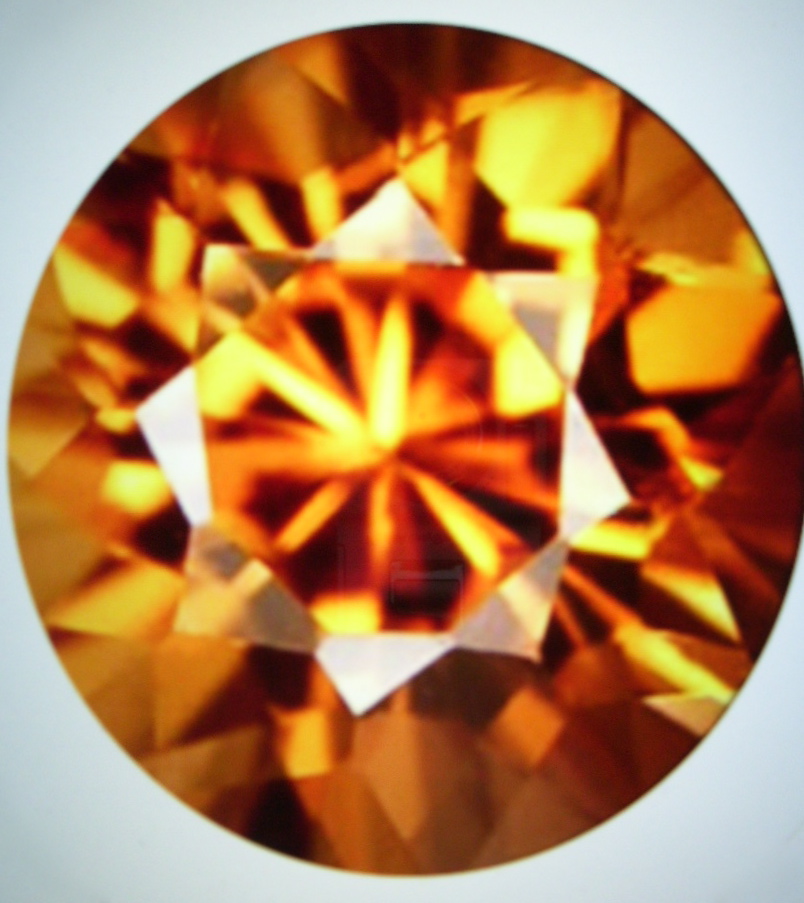
|
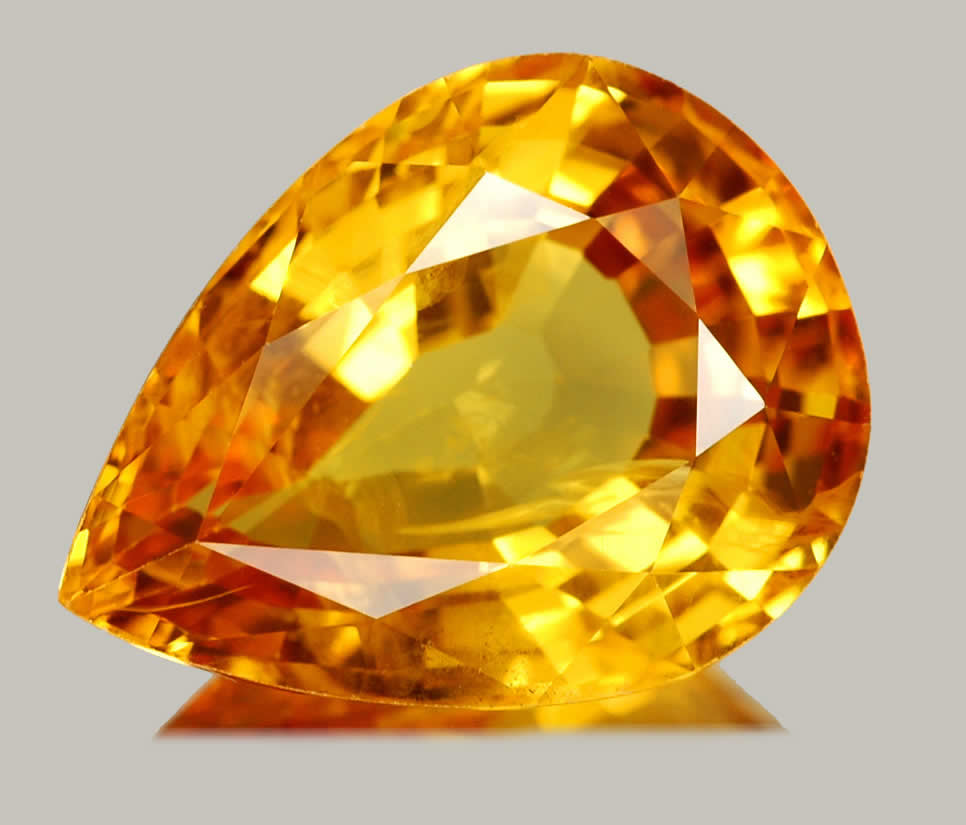
|
|
Coat of Arms of Denmark compared to the colour of the jacinth and yellow topaz. |
||
Each of the stones on the breastplate, which was worn by the High Priest, represented one of the twelve tribes. The stone which represented the tribe of Dan is called לֶשֶׁם leshem (Exod. 28:19 & 39:12) and is translated in the Authorised Version as ligure. The Mechon Mamre translate the name as jacinth.14 Ginzberg would have us believe that the stone was a type of topaz,15 presumably meaning the yellow topaz. Other authorities would identify the stone as amber, jacinth or hyacinth.
The Jewish Encyclopedia tells us:
“As these various renderings show, tradition emphasizes the ignorance concerning the true value of the Hebrew word. The only fact made prominent is that the stone was brilliant and of an intense lustre. Hence the Midrash makes it of the white tin-like color of antimony; Yer. ii merely calls it ‘shiny’. Onkelos and Yer. i name it by the Greek κέγχρινον (‘with little grains’), which is also the Syriac equivalent. Based on Pliny’s description of the ligure (l.c. viii. 57, xxxvii. 11-13), it has been identified with the amber, while the fact that in the apocalyptic enumeration (Rev. xxi.) the hyacinth appears in its stead has suggested the rendering ‘jacinth.’ The only conclusion warranted is that the ‘leshem’ was a lustrous gold-colored stone.”16
It should be borne in mind that around one thousand years had expired since Solomon’s temple was destroyed, so the writers of the Talmud had very little on which to go on. In this light, the above confusion is understandable. Note that the Breastplate is said to have disappeared after the temple was destroyed by Nebuchadnezzar.17
As we know where the tribe of Dan is today, we can confidently say that Dan’s stone is yellow or gold. In fact, Herodotus preserves the story of an amber-producing country somewhere in north-western Europe.18 He also talks about a land in the far north which produced an abundance of gold which the Arimaspians (the ‘One-Eyed people’, or more correctly, ‘One-Eye’s people’, known to the Greeks as Cyclopes) stole from the Griffins or Gryphons.19 These Arimaspians, who were said to be descended from Uranus, the father of Cronus,20 were Danites. In The Forgotten Tribe of Naphtali & the Phoenicians we reveal that Cronus was the name by which the Greeks knew Hiram king of Tyre. The Arimaspians may have been associated with the Phoenicians, but they were not directly related to Hiram in that they belonged to different tribes.
The story of the gryphons (var. griffins) is of course contrived. This mythical creature was clearly used by the Danes as a tribal symbol. Bearing in mind that Leviathan, who is depicted as a dragon with seven heads, is called ‘a crooked serpent’ and ‘a piercing serpent’ by Isaiah (27:1), a gryphon is a type of serpent. The serpent was a tribal symbol used by the tribe of Dan.21
The story of ogres with one eye in the centre of their heads is also a typical Greek contrivance of the facts. The person the Greeks called Cyclops was the person other writers called Votan. This Votan, who was a Trojan warrior, lost an eye in battle during the Trojan Wars. He was affectionately known as the One-Eyed king and his followers as One-Eye’s people, but the simple-minded Greeks have translated this factual story into a fictional tale involving a whole tribe of one-eyed monsters. Votan was responsible for relocating families in South America where he is mentioned in some ancient calendars of the Chiapanese Indians where we are told that he was “of the royal lineage of ‘Cham’ (probably ‘chan’ or snake) and that he established a kingdom called ‘Na Chan’ (Snake House)”.22 As already mentioned, the snake was the symbold of the tribe of Dan.
Whichever way you look at it, both amber and gold were colours which represented the tribe of Dan.
| 1. | Josephus, Antiquities of the Jews iv.173. [Return] |
| 2. | Ibid. ix.159. [Return] |
| 3. | An Egyptian Hieroglyphic Dictionary Vol. 1, p.306, Sir Edgar A. Wallis Budge, Dover Publications, New York 1978. [Return] |
| 4. | Herodotus, Histories vi.101. [Return] |
| 5. | Ptolemy, Geography Book 2, Chap. 11. (Listed as Book 2, Chap. 10 on the University of Chicago's Lacus Curtius website.) [Return] |
| 6. | Ancient Records of Assyria and Babylonia Vol. 1, p.132, §.412 Daniel David Luckenbill, University of Chicago, Greenwood Press, New York 1927. [Return] |
| 7. | See Wikipedia article entitled Danube, especially the remarks under the heading of Names and Etymology. [Return] |
| 8. | Diodorus, for example, records that “Danaüs together with his daughters fled from Egypt...” Diodorus, Library v.58.1. This is clearly a confused record of the Exodus which took place during the time of Moses, her “sisters” referring to the other tribes of Israel. In both The Forgotten Tribe of Naphtali & the Phoenicians and in The Legacy of Edom, we demonstrate that the Greeks were far from reliable with their reporting of history. [Return] |
| 9. | Euhemerism is the theory that gods arose out of the deification of historical heroes. The name is derived from Euhemerus, a Greek philosopher who lived around 300 bce who propounded this theory. In reality, the Greeks were turning tribal names into fictitious heroes. For more information, read The Forgotten Tribe of Naphtali & the Phoenicians, The Legacy of Edom and Early Irish History Reconsidered all of which amply demonstrate this practice. [Return] |
| 10. | Herodotus, Histories vi.53. [Return] |
| 11. | Apollodorus, Library ii.iv.3. [Return] |
| 12. | Josephus, Antiquities of the Jews iii.ix.3. [Return] |
| 13. | Ancient Records of Assyria and Babylonia Vol. 1, p.223, §.611, Daniel David Luckenbill, Chicago, 1926. (For the name Aḫabbu, see the entry in the index to Vol. 2 on p.445.)[Return] |
| 14. | mechon-mamre.org/p/pt/pt0228.htm. [Return] |
| 15. | Legends of the Jews Vol. 3, p.171, The Stones on the Breastplate, Rabbi Louis Ginzberg (translated from the German by Paul Radin), Philadelphia 1911. [Return] |
| 16. | Jewish Encyclopedia Vol. 5, pp.594-5, entry under Gems, Isidore Singer et al, New York 1900. [Return] |
| 17. | Jewish Encyclopedia Vol. 12, p.385, entry under Urim and Thummim, Isidore Singer et al, New York 1906. [Return] |
| 18. | Herodotus, Histories iii.115. [Return] |
| 19. | Herodotus, Histories iii.116 [Return] |
| 20. | Dictionary of Greek and Roman Biography and Mythology Vol. 1, p.909, entry under Cyclops, William Smith, Boston 1870. [Return] |
| 21. | Jewish Encyclopedia Vol. 5, p.405, entry under Flag, Isidore Singer et al, Philadelphia 1900. [Return] |
| 22. | http://en.wikipedia.org/wiki/Votan#Origins_of_the_Votan_story. [Return] |
Dated 6 Jan 2014.
©AHR Researches.